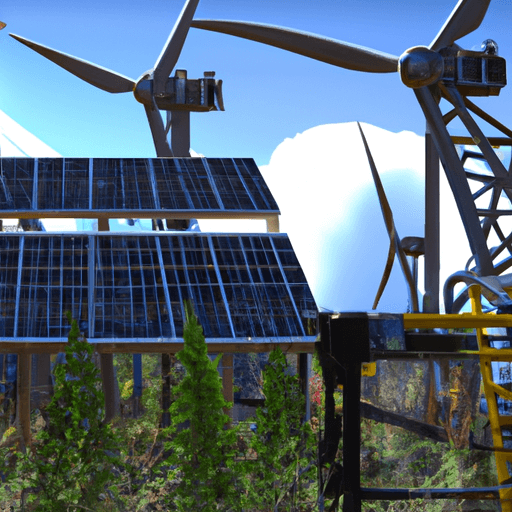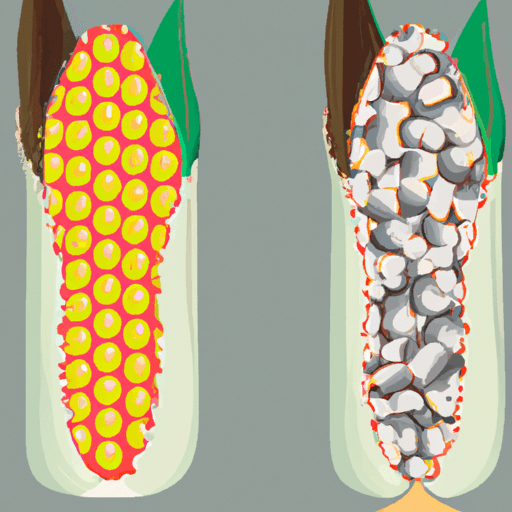The Benefits and Drawbacks of Eating Genetically Modified Foods
Genetically modified foods have been a topic of debate since they first emerged in the mid-1990s. Proponents of these foods claim that they are safe to eat, while opponents have raised important questions about the potential health, environmental, and economic impacts of these foods. This article will discuss the potential benefits and drawbacks of consuming genetically modified foods, as well as their potential health, environmental, and economic impacts.
Potential Benefits of Genetically Modified Foods
One of the potential benefits of genetically modified foods is that they can be grown in areas where traditional crops would not survive. Genetically modified crops are often more resistant to drought, pests, and disease, which can help farmers who live in dry or difficult areas to produce food. In addition, genetically modified crops can require fewer pesticides and herbicides, making them more environmentally friendly than traditional crops.
Genetically modified foods can also be used to address food insecurity, as they can be produced faster and more efficiently than traditional crops. This means that more food can be produced in a shorter amount of time, which can help to feed the world's growing population. Lastly, genetically modified foods can be more nutritious than traditional foods, as they can be modified to contain higher levels of vitamins and minerals.
Potential Drawbacks of Genetically Modified Foods
Despite the potential benefits of genetically modified foods, there are also potential drawbacks. One of the main concerns is that these foods have not been adequately tested for safety, and there is still much that is unknown about their long-term effects on human health. In addition, there is a risk that genetic engineering could be used to introduce allergens or toxins into food, which could be dangerous for those with food allergies or sensitivities.
Another potential concern is the potential environmental impacts of genetically modified foods. These crops can disrupt natural ecosystems by introducing new species or interfering with natural insect or animal populations. In addition, the use of herbicides and pesticides with genetically modified crops can have a negative impact on the environment.
Finally, there is the potential for economic impacts. Genetically modified foods are often more expensive than traditional crops, which can make them out of reach for those with lower incomes. In addition, the use of these foods can reduce the diversity of crops, which can make farmers more vulnerable to disease and pests.
Conclusion
Genetically modified foods have the potential to provide many benefits, from increased crop yields to greater food security. However, there are also potential risks associated with these foods, including potential health, environmental, and economic impacts. Therefore, it is important to weigh the potential benefits and drawbacks before consuming genetically modified foods.



















Comments
Leave a Comment